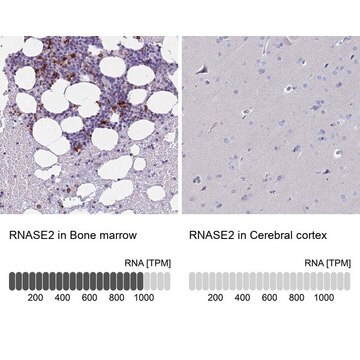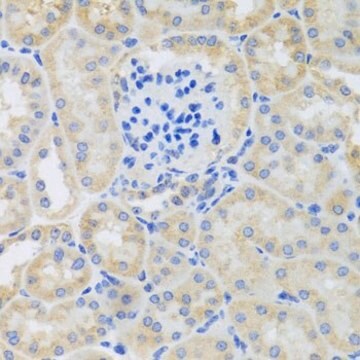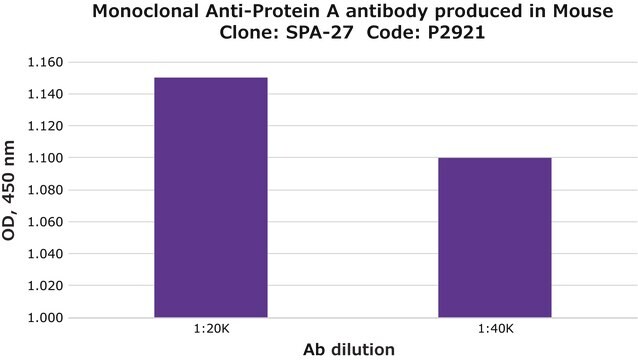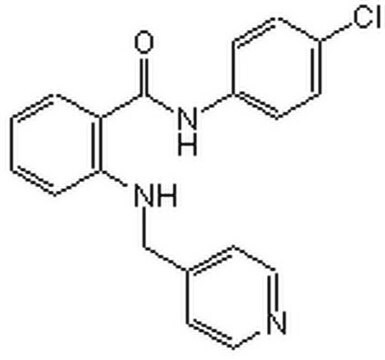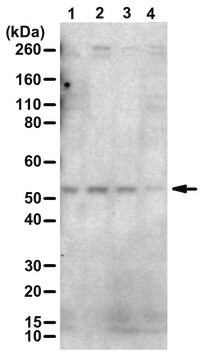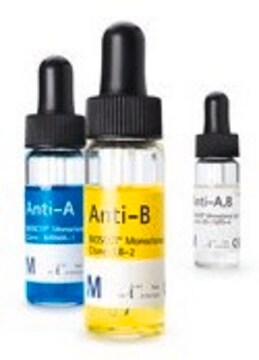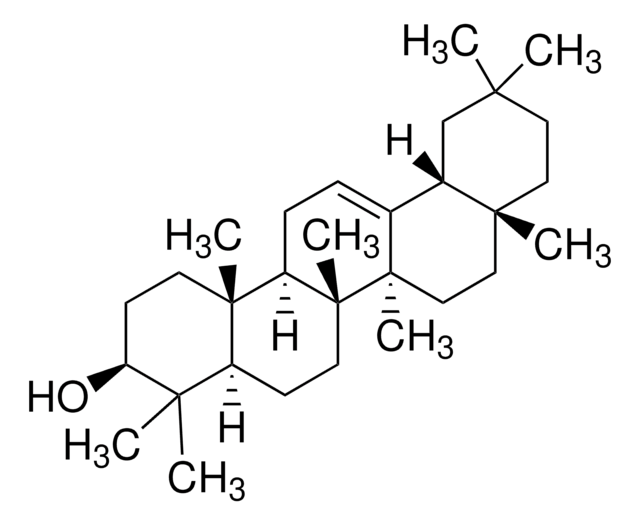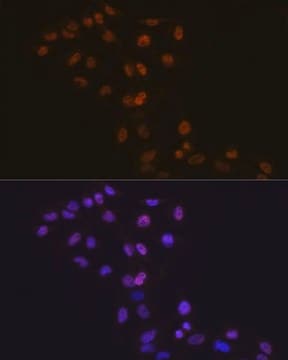MABF985
Anti-Eosinophil-Derived Neurotoxin Antibody, clone 6D1.5/A5
clone 6D1.5/A5, from mouse
Sinonimo/i:
Non-secretory ribonuclease, Eosinophil-derived neurotoxin, Ribonuclease 2, Ribonuclease US, RNase 2, RNase UpI-2
About This Item
Prodotti consigliati
Origine biologica
mouse
Livello qualitativo
Forma dell’anticorpo
purified immunoglobulin
Tipo di anticorpo
primary antibodies
Clone
6D1.5/A5, monoclonal
Reattività contro le specie
human
tecniche
ELISA: suitable
multiplexing: suitable
western blot: suitable
Isotipo
IgG1
N° accesso NCBI
N° accesso UniProt
Condizioni di spedizione
wet ice
modifica post-traduzionali bersaglio
unmodified
Informazioni sul gene
human ... RNASE2(6036)
Descrizione generale
Specificità
Immunogeno
Applicazioni
Inflammation & Immunology
Inflammation & Autoimmune Mechanisms
ELISA Analysis: A representative lot was employed as the capture antibody for the detection of purified human EDN, as well as EDN in serum samples from individuals with eosinophilic disorders by sandwich ELISA (Makiya, M.A., et al. (2014). J. Immunol. Methods. 411:11-22),
Multiplexing Analysis: A representative lot was employed as the capture antibody in a bead-based multiplex assay for the detection of purified human EDN as well as EDN in serum samples from healthy donors and individuals with eosinophilic disorders. Prior reduction and alkylation of the serum samples (by DTT and iodoacetamide, respectively) resulted in higher EDN levels (Makiya, M.A., et al. (2014). J. Immunol. Methods. 411:11-22),
Qualità
Western Blotting Analysis: 1.0 µg/mL of this antibody detected eosinophil-derived neurotoxin in 50 µg of human spleen tissue lysate.
Descrizione del bersaglio
Stato fisico
Stoccaggio e stabilità
Altre note
Esclusione di responsabilità
Non trovi il prodotto giusto?
Prova il nostro Motore di ricerca dei prodotti.
Classe di pericolosità dell'acqua (WGK)
nwg
Punto d’infiammabilità (°F)
does not flash
Punto d’infiammabilità (°C)
does not flash
Certificati d'analisi (COA)
Cerca il Certificati d'analisi (COA) digitando il numero di lotto/batch corrispondente. I numeri di lotto o di batch sono stampati sull'etichetta dei prodotti dopo la parola ‘Lotto’ o ‘Batch’.
Possiedi già questo prodotto?
I documenti relativi ai prodotti acquistati recentemente sono disponibili nell’Archivio dei documenti.
Il team dei nostri ricercatori vanta grande esperienza in tutte le aree della ricerca quali Life Science, scienza dei materiali, sintesi chimica, cromatografia, discipline analitiche, ecc..
Contatta l'Assistenza Tecnica.